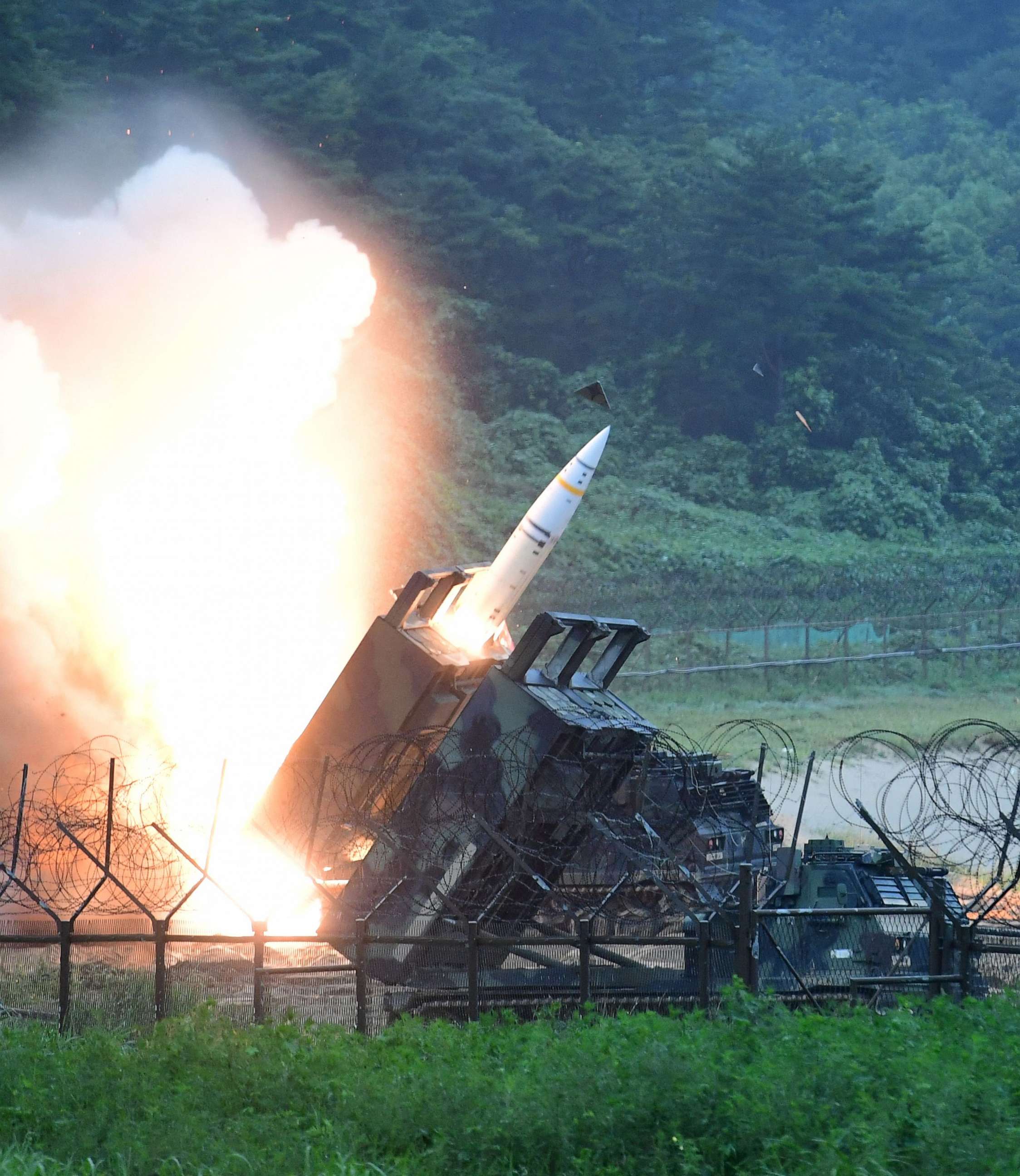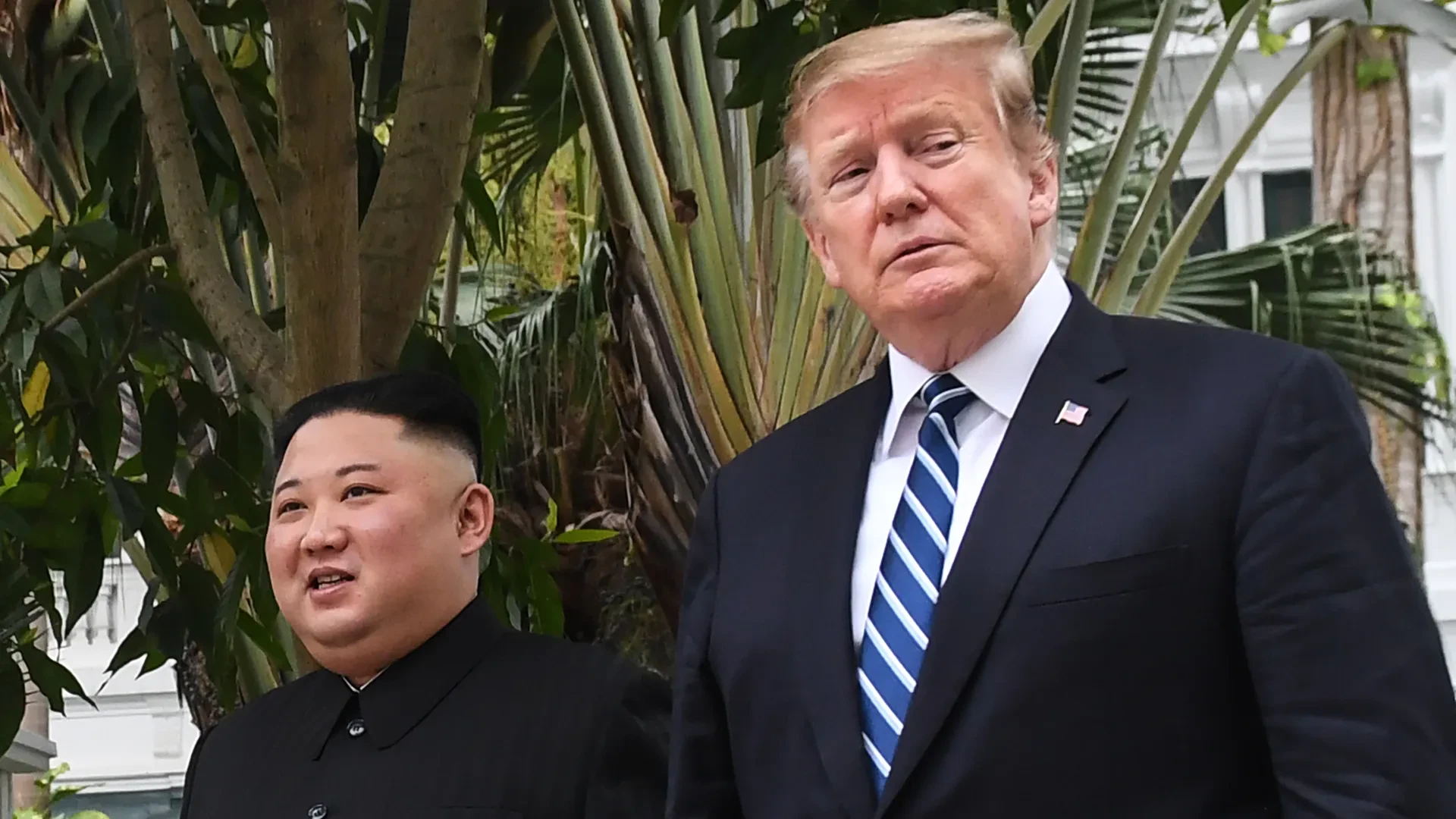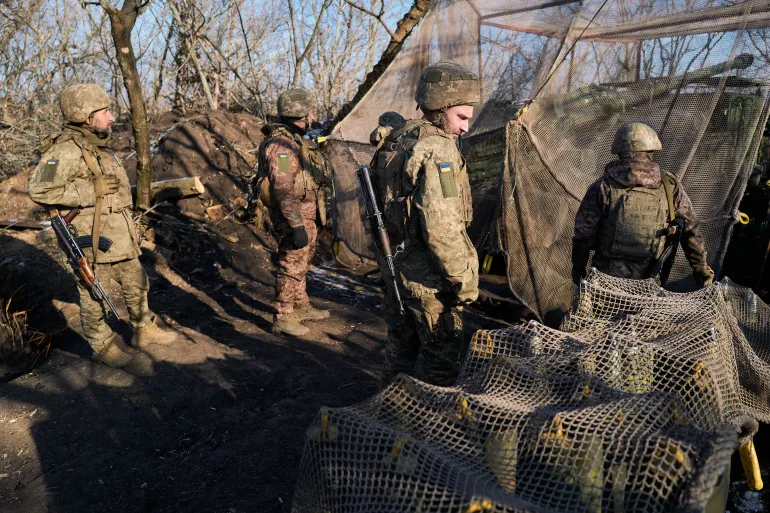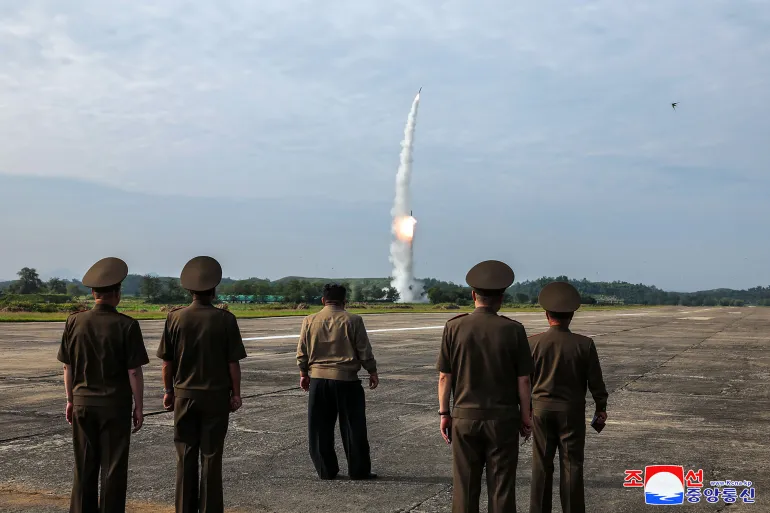Following North Korea's decision to send military forces to fight alongside Russia, the United States came up with its own way to up the ante in the nearly three-year-long war. On November 17th, the Biden Administration confirmed that the Army Tactical Missile Systems, or ATACMS, could now be used by Ukraine on targets deep inside the Russian Federation. The same day, Russia had struck Ukraine's power grid with drones and long-range missiles. To some, it appeared that Russia had more capability to strike deep inside Ukraine while Kyiv could do little to respond.

This comes months after President Zelensky's months of urging the United States to allow for the missile usage in this manner, with many in the US defense sphere seeing the move as escalatory. Previously, the 50-mile range HIMARS system was the longest reach that Ukraine had into Russia, uncapped due to the Kharkiv offensive in May. Now, Ukraine will be able to hit targets nearly 200 miles into the Russian homeland. This includes airfields, ammunition depots, and command centers.
In a press release, officials from the Biden administration confirmed the development was in response to North Korean forces deploying to the Kursk region of Russia. The move had made Washington decide the risks of escalation no longer outweighed the necessity for Ukraine to be able to strike inside Russian territory. With an offensive of nearly 50,000 Russian and North Korean troops underway, this could allow Ukraine to potentially hold on to Russian territory, a key card to hold in any possible peace negotiations next year.
While this development is unlikely to dramatically turn the tide of war in Ukraine's favor, it is a step towards giving Ukraine a chance to turn the tide as Russia advances.
Ukraine is unlikely to receive an amount of ATACMS to deal catastrophic damage to Russia's war machine, even with the long-range capabilities. The targets most vulnerable, such as air fields and oil infrastructure, have already faced drone attacks from small-scale commercial drones, not enough to turn the tide firmly in Ukraine's favor. While ATACMS likely has more explosive firepower, it still won't damage Russia's ability to wage war as much as some may believe.
Some have raised concerns of escalation outside of Ukraine. Moscow has repeatedly warned of consequences if the United States allows Kyiv to use its long-range weapons against Russia. While it is incredibly unlikely Russia will respond militarily against the US or any NATO member, they have far too much going on already for that. It is possible that US bases in Europe or civilian installations could face sabotage from Russian intelligence agencies such as the SVR or GRU.
There is also the chance that the incoming administration on January 20th may seek to reverse the policy in order to pursue negotiations with the Kremlin. Ukrainian forces may only have sixty days until the free targeting of installations inside Russia comes to an end, likely a necessary action if the next President wants to begin peace talks with Vladimir Putin.
















Discussion